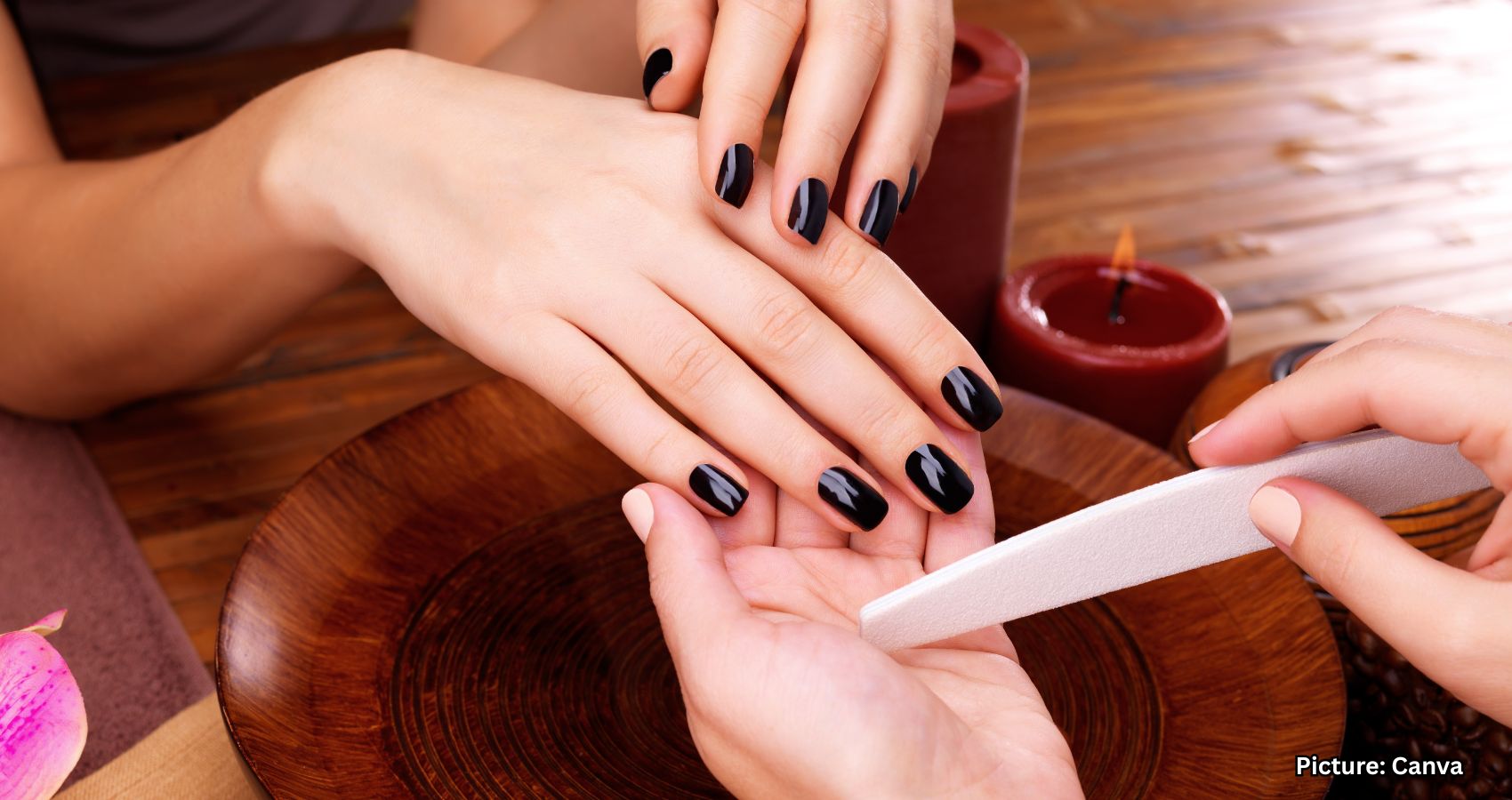The European Union’s ban on a chemical used in gel manicures raises safety concerns for American consumers as beauty brands seek alternative formulations.
Gel manicures have become a popular choice for millions of consumers, offering long-lasting wear without chips and maintaining a glossy finish through various activities. However, as of September 1, 2025, the European Union (EU) will prohibit the use of a specific chemical in many gel polishes, raising safety questions and uncertainty for nail salons.
The chemical in question is Trimethylbenzoyl Diphenylphosphine Oxide (TPO). This compound is essential for the quick hardening of gel polish under UV light, providing the signature glass-like finish that many users enjoy. The EU’s decision to ban TPO is largely influenced by several studies that have linked exposure to this chemical with potential fertility issues. While these studies primarily focused on animal subjects rather than humans, the EU adopts a precautionary principle when it comes to cosmetic safety.
As a result of this reclassification, TPO has been designated as a Category 1B CMR substance, indicating that it may pose cancer or reproductive risks. Under EU regulations, this classification has triggered an automatic ban on both the marketing and use of cosmetic products containing TPO, which includes professional applications in nail salons.
The distinction between gel and regular nail polish lies not only in their appearance but also in their application processes. According to the Cleveland Clinic, while regular nail polish dries naturally, gel polish requires a specialized UV or LED lamp for quick drying, typically within 60 to 90 seconds. These lamps, while effective for setting gel manicures, emit ultraviolet rays that have been associated with skin cancer and premature aging.
Despite these concerns, studies examining the link between nail salon lamps and cancer have shown inconclusive results. Nevertheless, the EU’s ban mandates that salons must cease the use of products containing TPO immediately, even if they have existing stock. Technically, any old bottles of polish containing TPO will no longer be legal for use in the EU after the deadline.
While the ban currently applies only within the EU, it has sparked discussions about the safety of gel manicures in other regions, including the United States. The good news for consumers is that gel nails are not disappearing from the market. Beauty brands are already reformulating their products to replace TPO with alternative ingredients such as TPO-L, BAPO, and methyl benzoylformate, ensuring that customers can continue to enjoy gel manicures without the associated risks of the banned chemical.
As the beauty industry adapts to these changes, consumers are encouraged to stay informed about the ingredients in their nail products and the potential health implications. The conversation surrounding cosmetic safety continues to evolve, highlighting the importance of regulatory measures in protecting public health.
Source: Original article

